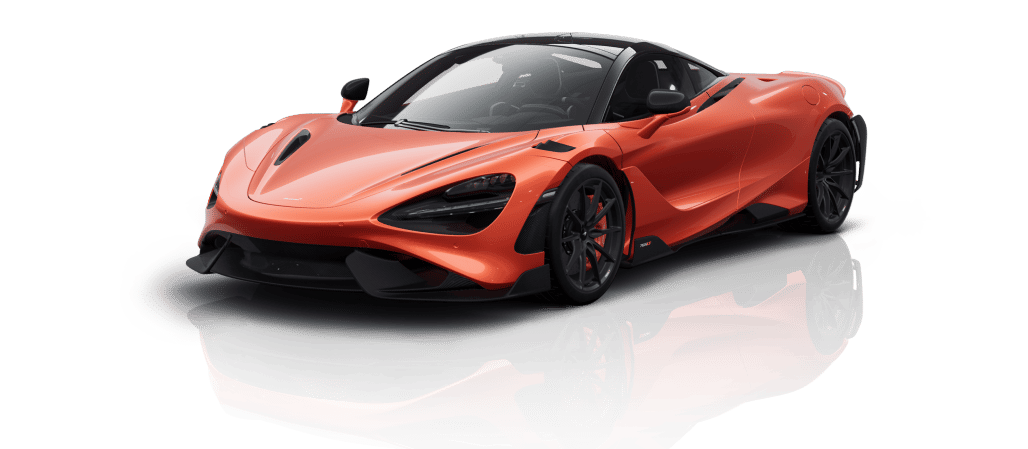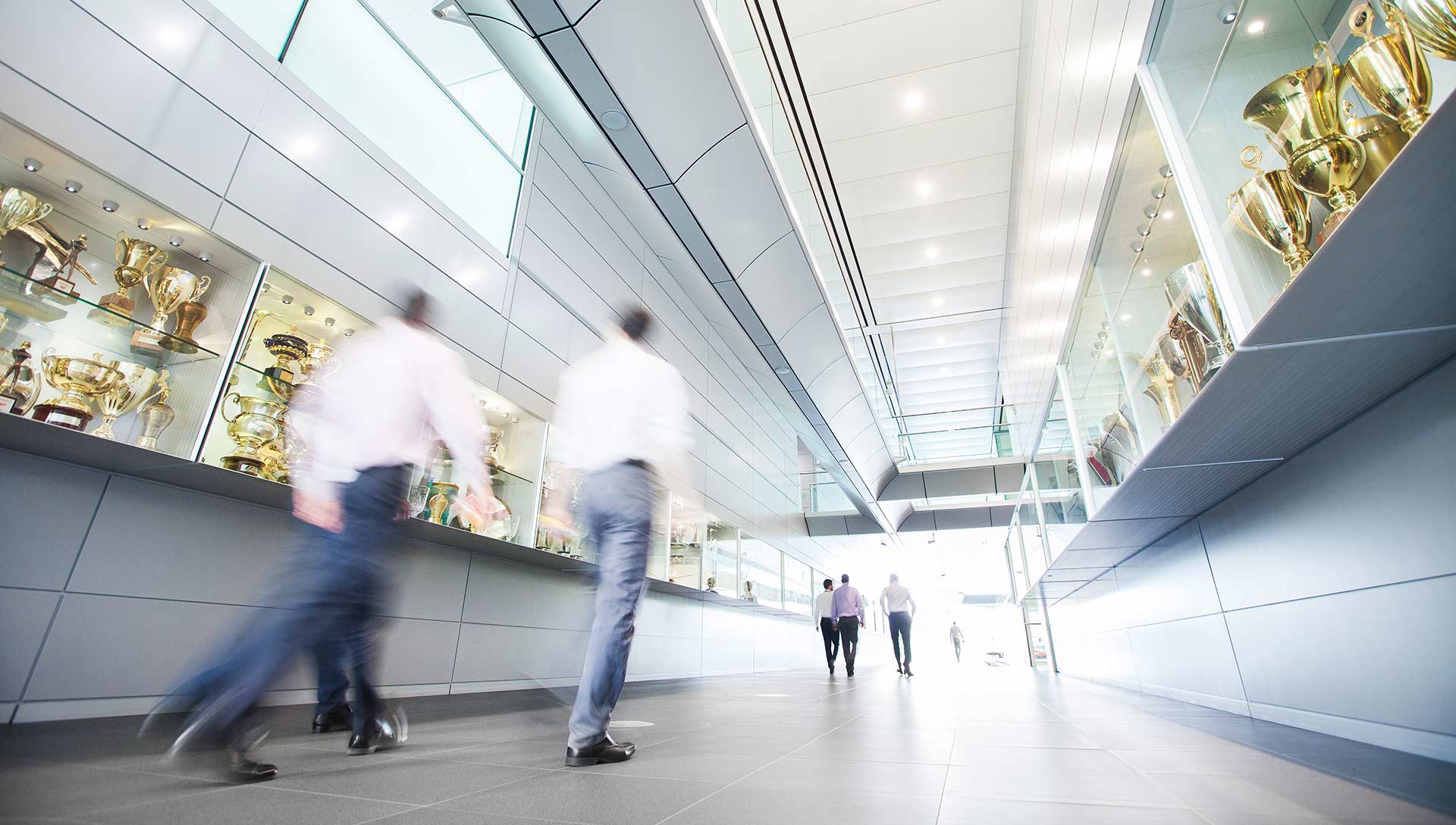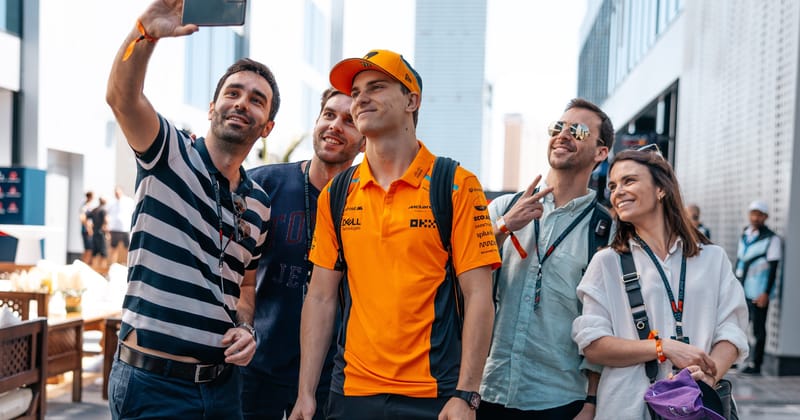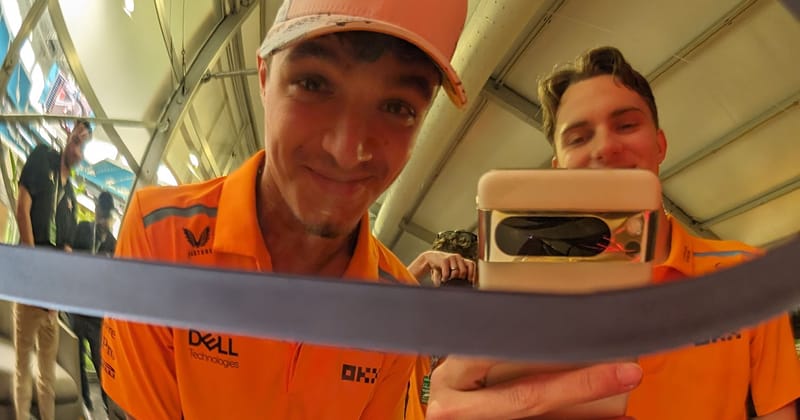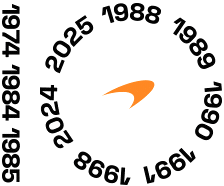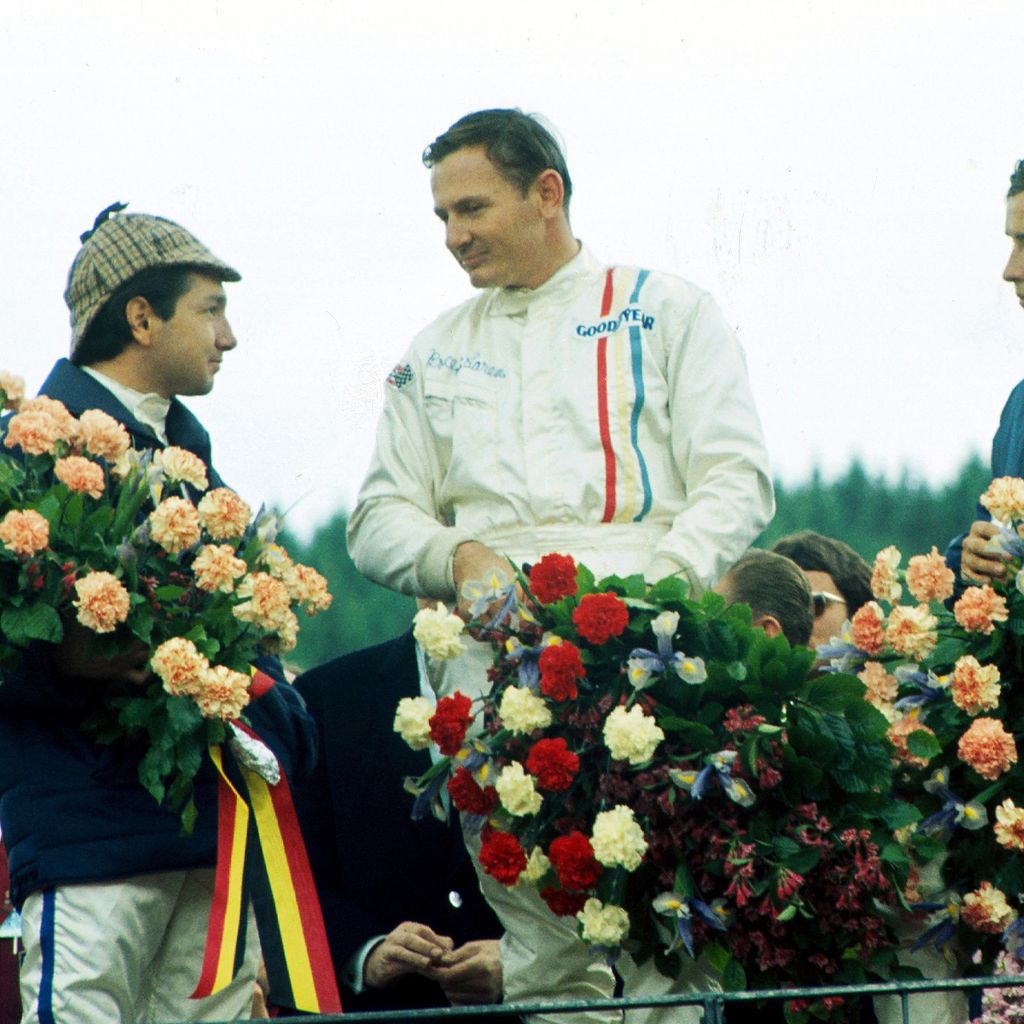
How Bruce won McLAREN’s first Formula 1 race… and why he didn’t even realise
In 1968, despite being completely unaware of the fact, Bruce won a chaotic race in Belgium, becoming only the third driver to win a Grand Prix in his own car
The Circuit de Spa-Francorchamps is the longest on the Formula 1 calendar, but it used to be even longer – and much more dauting. Along with the Nurburgring, it was the most challenging track on the schedule, almost unrecognisable from today’s circuit, a nine-mile triangle of snaking Belgian farm roads, most of which was driven on the absolute limit at almost 200mph with absolutely no room for error.
In 1968, after a strong start to the season, Bruce McLaren and his team went to the Belgian Grand Prix at Spa with high hopes. Despite the danger, it was a place where Bruce had always excelled, logging four top-three finishes in his years with Cooper Formula 1 team, including second places in 1960, 1963 and 1964.
It was also a venue where teams sometimes got their fuel calculations wrong. In 1964, Bruce had jumped up the order in the closing minutes of the race as others hit trouble. Dan Gurney and Graham Hill both stopped, while Bruce himself crawled round on his last dregs of fuel. When he rounded the La Source hairpin for the final time, he too was in trouble.
“I started to coast down the hill at 10mph,” he wrote later. “I could see the man with the Chequered Flag. This is it, I’ve won the GP! But with less than 100 yards to go, I was blasted out of my victory speech rehearsal by James Clark OBE, sizzling past to win in his Lotus.”
Losing in the final seconds like that was frustrating for Bruce, but, four years later, fate would repay him the compliment.
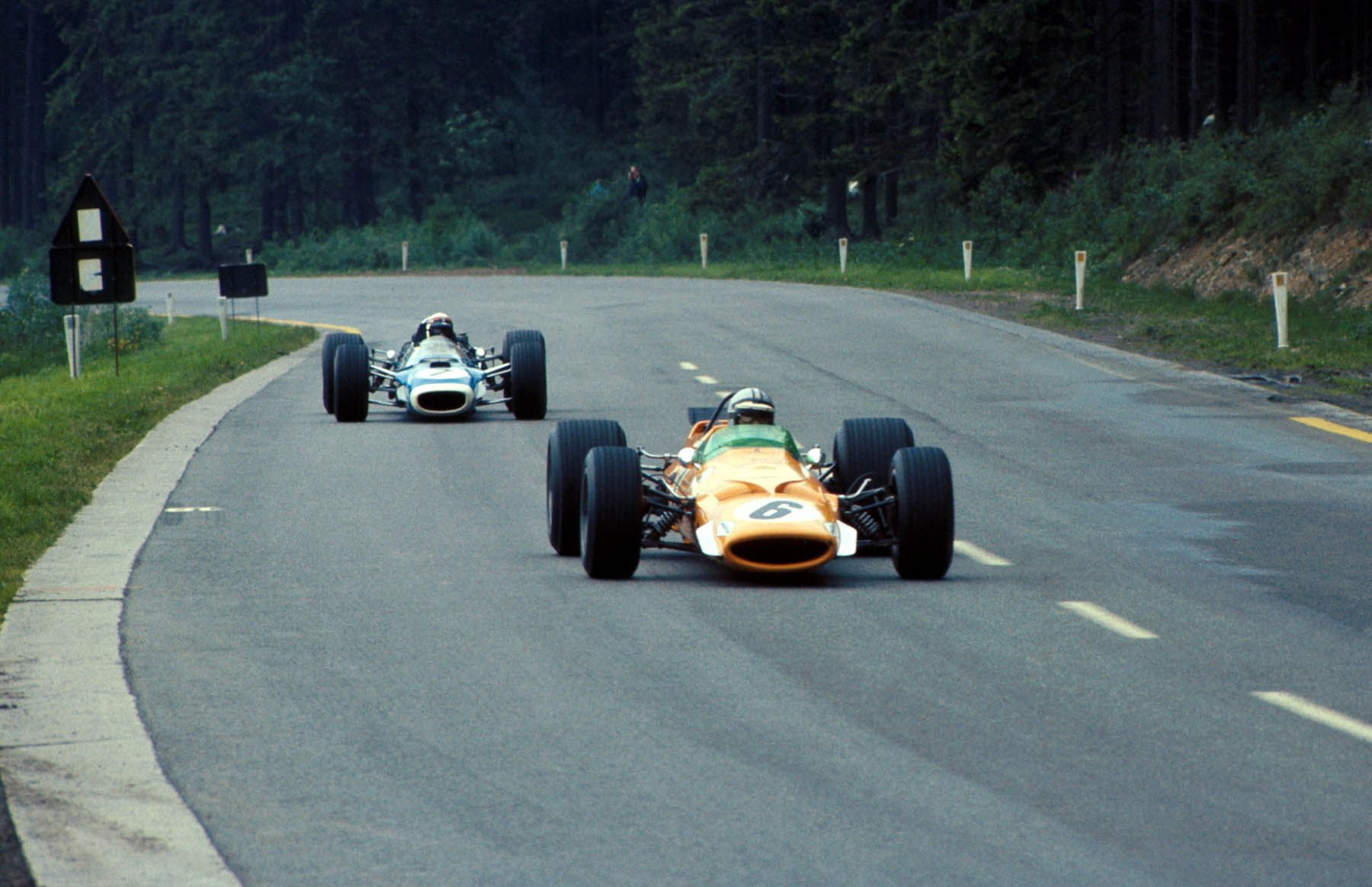
The Spa treatment
After missing the 1966 and ’67 Grands Prix in Belgium, Bruce arrived at Spa in ’68 in good spirits, happy to be back in the cockpit.
In 1966, Bruce had launched his own F1 team at Monaco, but he was so disappointed with the Indy-based Ford V8 engine that he abandoned it in favour of an Italian Serenissima engine. The 1966 Belgian Grand Prix was its first race weekend, but it wouldn’t start the race, as the new engine proved troublesome in practice, and the car failed to make it that far. A year later, his car was damaged in a fire during testing, forcing him to miss the entire round.
The ’68 season had started well, McLaren clinching two non-championship wins, but Bruce was disappointed with his form in the opening three World Championship events. While Denny had secured three points finishes from the opening three rounds, including the team’s first podium in Spain, Bruce had missed the season opener and retired from Rounds 2 and 3.
Bruce wrote in his Autosport column: “We also wanted to have a day at Silverstone or Goodwood to see whether our developments with the cars really were developments. Basically, it seemed that either everyone else had become more competitive, or we had lost a little something that we’d had a little earlier in the season.”
The test went well, but when the team got to Spa, where both cars had upgrades, including an entirely new chassis for Bruce and a different brand of shock absorber, McLaren’s small crew faced some problems. They were well off the pace of the frontrunners in Qualifying on Friday, with Denny Hulme in fifth and Bruce seventh.
“Everything that we did to the cars only made them worse,” Bruce wrote. “And everything we did gingerly because we thought it might make them worse made them quite a lot better!”
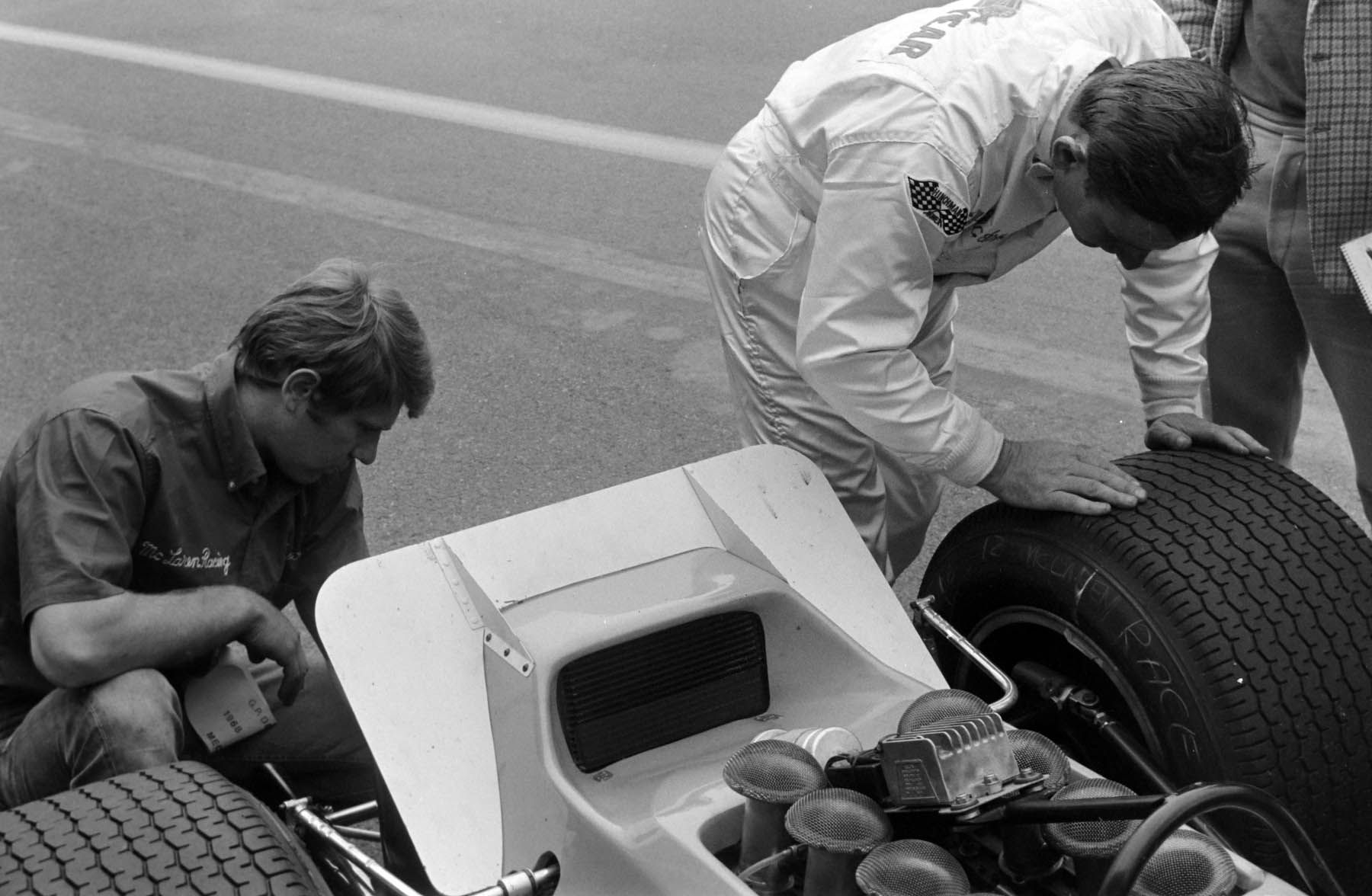
Seventh heaven
Ever the tinkerer, Bruce fitted wider front rims and lower-geared steering on Friday night, seeking to address a high-speed stability problem. However, the second Qualifying session on Saturday was marked by heavy rain, and neither McLaren driver recorded a flying lap, meaning Denny and Bruce would start from the fifth and seventh places they earned on Friday.
As ever at Spa, there was the threat of rain on Sunday and talk of a delayed start. In the end, the race started on time in dry conditions, but Bruce endured a bad getaway and had fallen down to 11th by the end of the opening lap.
“I’m not absolutely sure what happened at the start,” he recalled. “But I do remember having all four wheels on the grass at one stage. I think Surtees was a bit slow away and got sideways with wheel-spin, so that left a few of us bunched up trying to go to his left.
“Roaring up the hill into the forest, I must have been nearly last, but I was well aware of Spa’s reputation for last-lap dramas. Having put paid to my chances on the first lap in Monaco, I decided to be ultra-careful for at least the first half of the race.”
It was a wise strategy. This was the first chance for Bruce to sample the Friday-night changes properly in dry conditions, and with full tanks - fuller than some rivals as it turned out - the car was handling well.
Bruce followed Graham Hill for a while, but the Lotus driver was struggling with his car and waved the McLaren driver past.
“The group that I caught was Courage and Rodriguez in the BRMs, and Jo Siffert’s Lotus. I felt I could go a bit quicker than they were travelling, but I didn’t want to get involved in a thrust-and-parry match around Spa for the rest of the race, because if I did mix with them, I would only get held up in their slipstream. I sat behind to await developments, and Siffert was the first to drop out. Then it was worth having a try.”
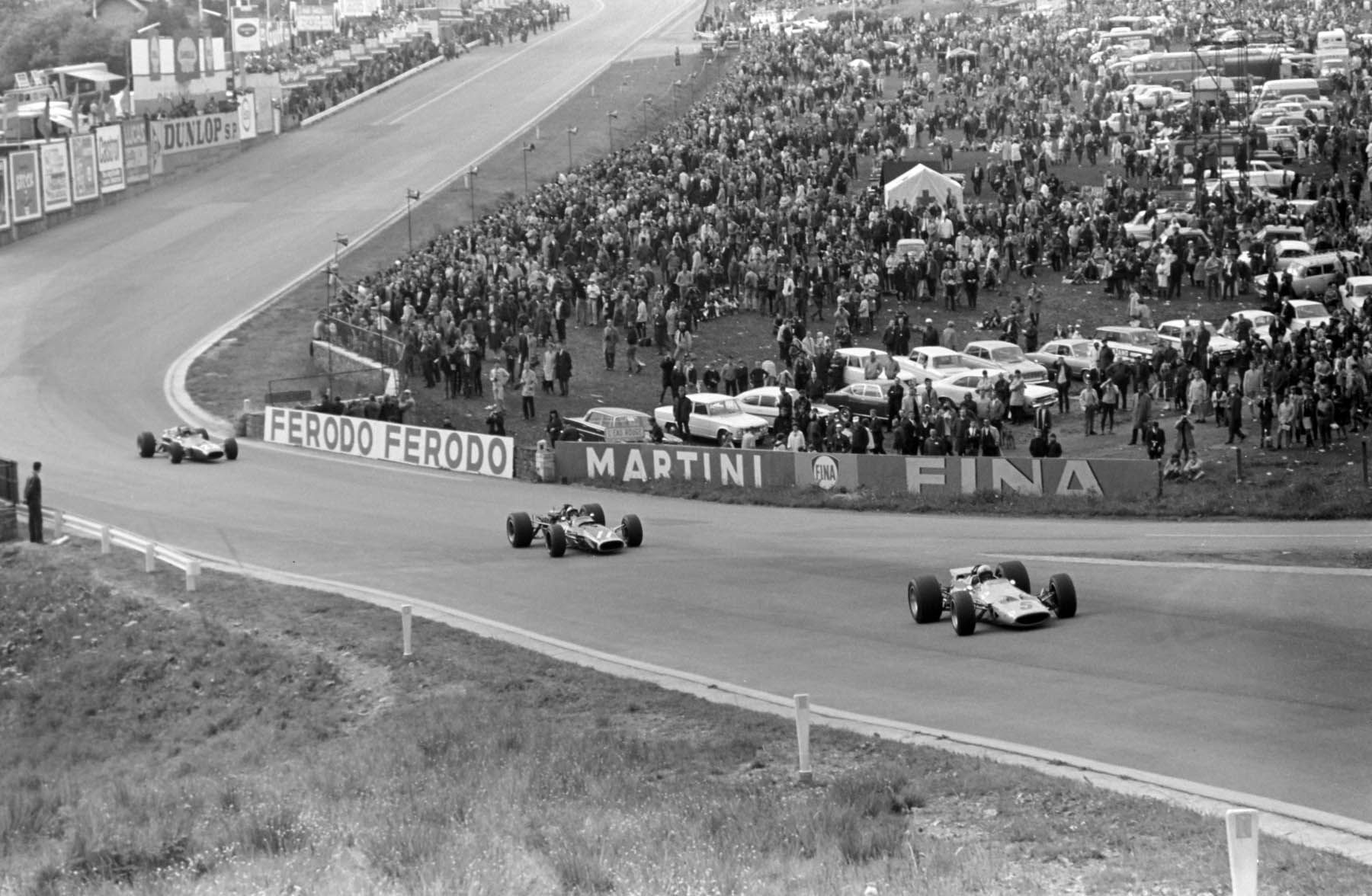
The race comes alive
Bruce opted for the long game and weighed up his options, but he slowed began to climb the order as those ahead of his faltered. Brabham’s Jochen Rindt dropped out early with engine gremlins, while Bruce’s friend and countryman Chris Amon, who had started from Pole and was leading the race, retired after his Ferrari’s radiator was holed by a stone. John Surtees assumed the lead before retiring as well due to a suspension failure.
This gave Denny the lead, after he’d gotten ahead of Jackie Stewart’s Matra, with Bruce now behind them in third. Satisfied that his team was winning, and having seen many a car retire, Bruce was happy in third, but more drama was to follow.
Denny’s car was the next to become stricken, as he limped back to the pits with only one half-shaft, promoting Bruce to second.
“For the last six laps I tried as hard as I could. The car was getting twitchy again with the fuel load gone, but the nose of the BRM was getting just a little farther back with each lap, until on the last one it was small enough in the mirror to stop me worrying about any last lap Mexican coup.”
Bruce was now confident that he would bring the car home safely in second. He was blissfully unaware of a drama that had hit Stewart – and which more than made amends for what had happened to him at the same track just four years earlier.
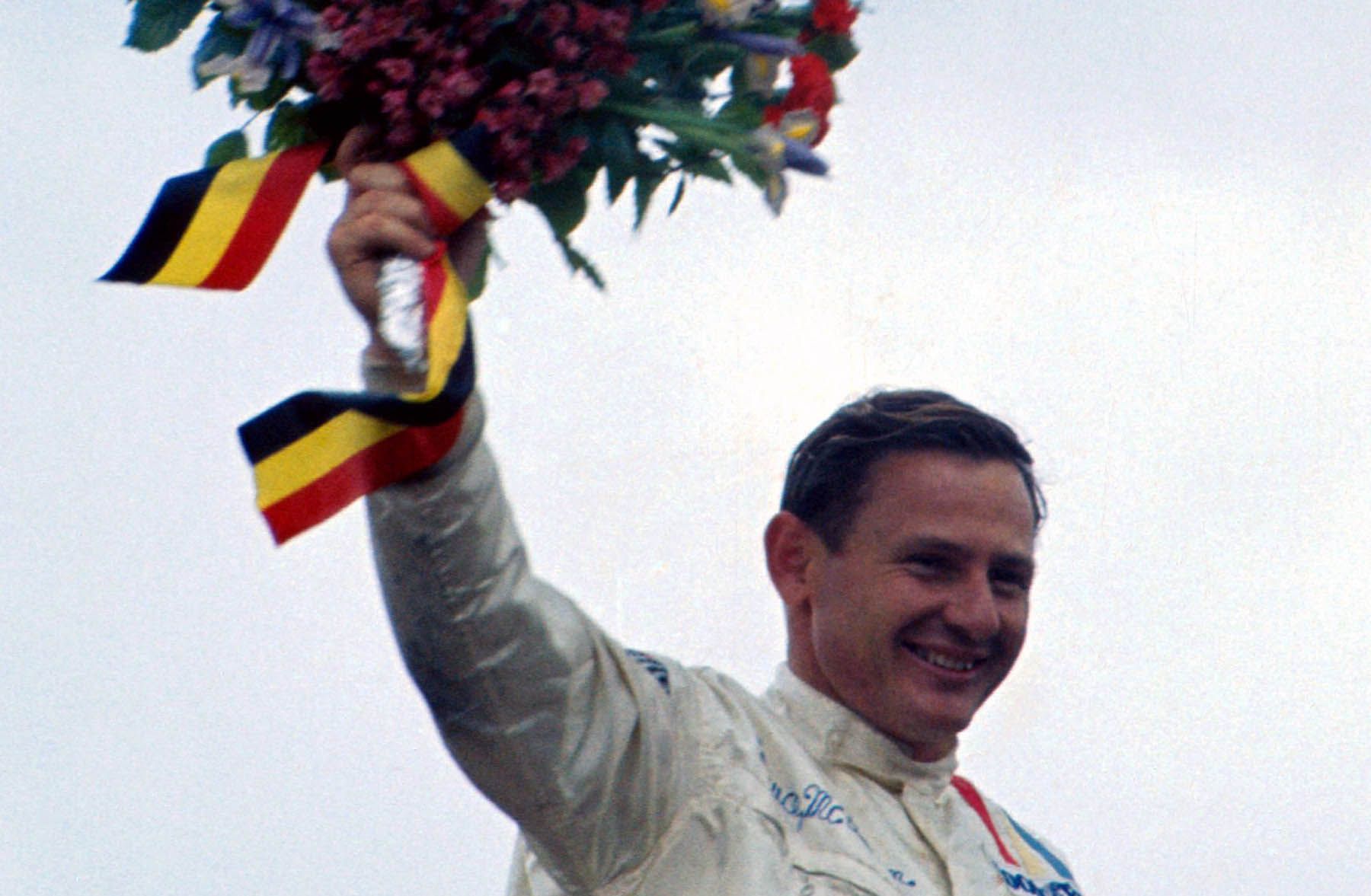
“What I didn’t know was that at the start of the last lap, Jackie Stewart had stopped at his pit for fuel while he was leading. My pit signals on that last lap were a bit frantic with all sorts of ‘go faster’ signs, so for some reason I thought I must have been catching Stewart. But when I didn’t see him, I figured I must have been second.”
Not only was Stewart out of contention – his car would not restart in the pits – but McLaren’s main pursuer, Rodriguez, had been hit by fuel problems and was no longer a threat.
Unaware and happy enough to be on the podium for the first time with his eponymous team, Bruce acknowledged the flag and then braked and turned right at the bottom of the hill before Eau Rouge, before driving through the gates back to the paddock.
“He said: ‘You’ve won, didn’t you know?’ It was about the nicest thing I’d ever been told”

Bruce McLAREN
McLaren Racing founder
“I crossed the line, gave a bit of a wave at the Chequered Flag, braked hard, pulled in behind the pits and tried to drive the car back up to our transporter. Second place wasn’t too bad. I’d got boxed in quite badly at the start and had to get through most of the field, but after my previous two GPs, I was feeling really pleased.
“Our crew seemed really pleased too, and they had been jumping up and down as I crossed the line. There were so many people milling about at the back of the pits that I had to stop the car and climb out.”
It was only then that Bruce learned from a passing BRM mechanic that leader Stewart had made a pit stop, and that he had actually won the race.
“He said: ‘You’ve won, didn’t you know?’ It was about the nicest thing I’d ever been told.”
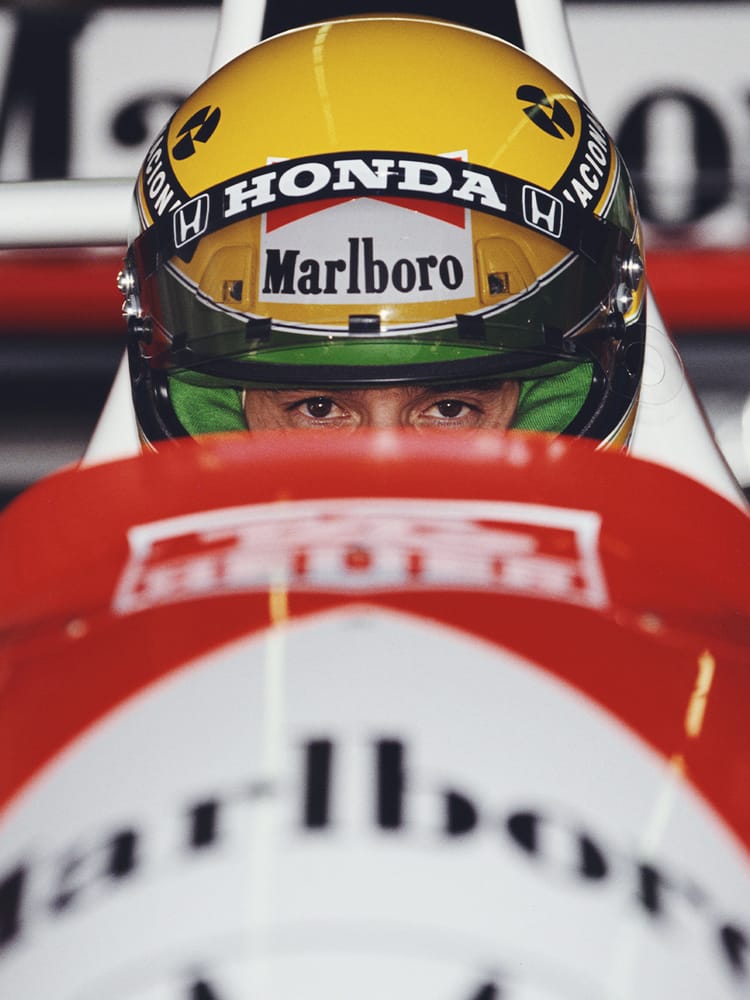
McLAREN Racing Heritage
Recalling his last lap loss in 1964, he added: “There must be some sort of justice after all.”
“I’m convinced after this last race that there is more magic than engineering involved in Grand Prix racing. Jackie Stewart running out of fuel on the last lap had to be very unlikely – especially with a team manager like Ken Tyrrell. He doesn’t make those sort of mistakes. Or at least he and I thought he didn’t!”
While no one knew it at the time, it would sadly be Bruce’s final F1 victory. But, significantly, his team was off the mark. It was a milestone win, as Bruce had become only the third driver after Jack Brabham and Dan Gurney to win a Grand Prix in his own car, a feat nobody else has matched since.
Related articles
Heritage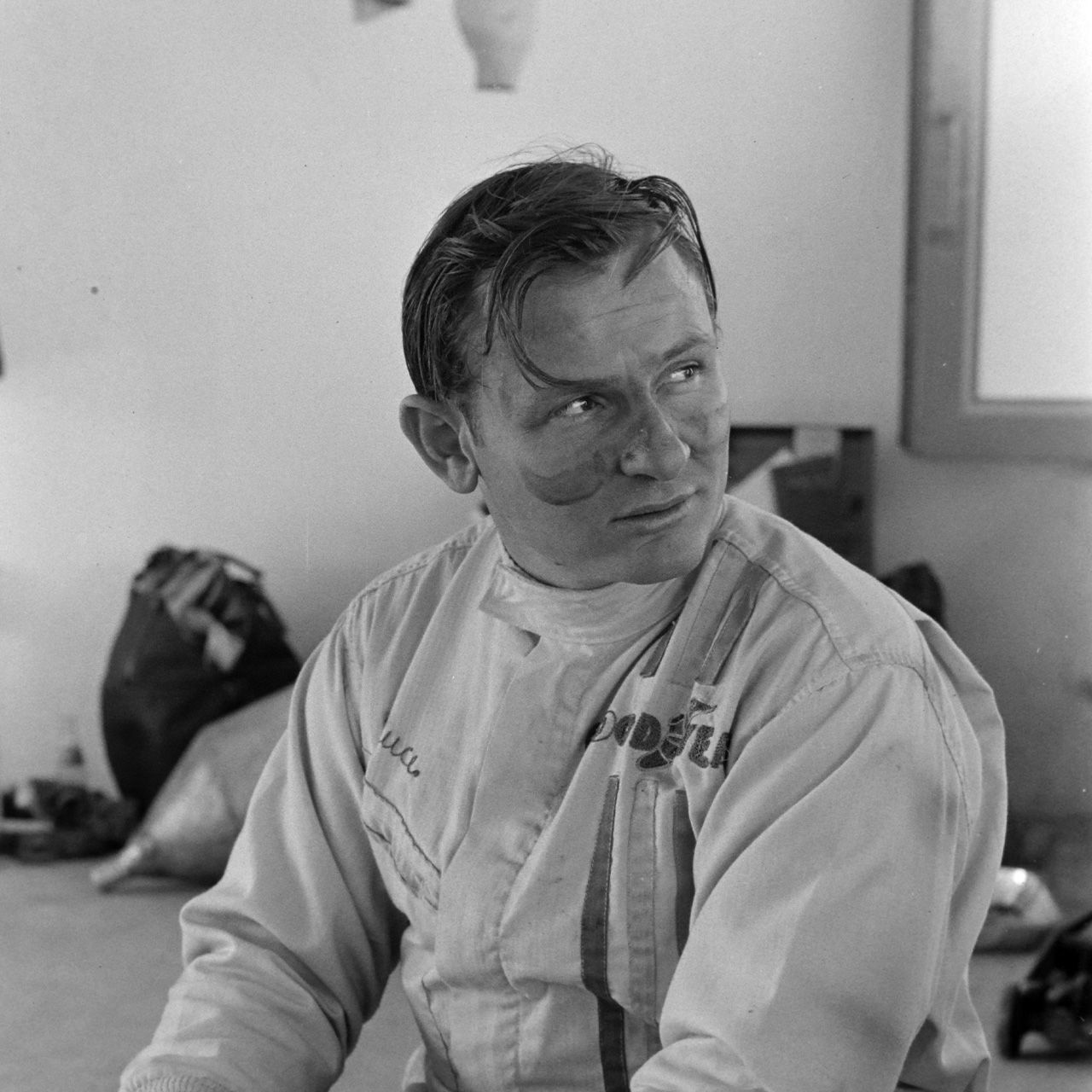
Bruce’s death: Courage in the face of adversity

The most important day in McLaren's history?

The road to McLaren's F1 debut
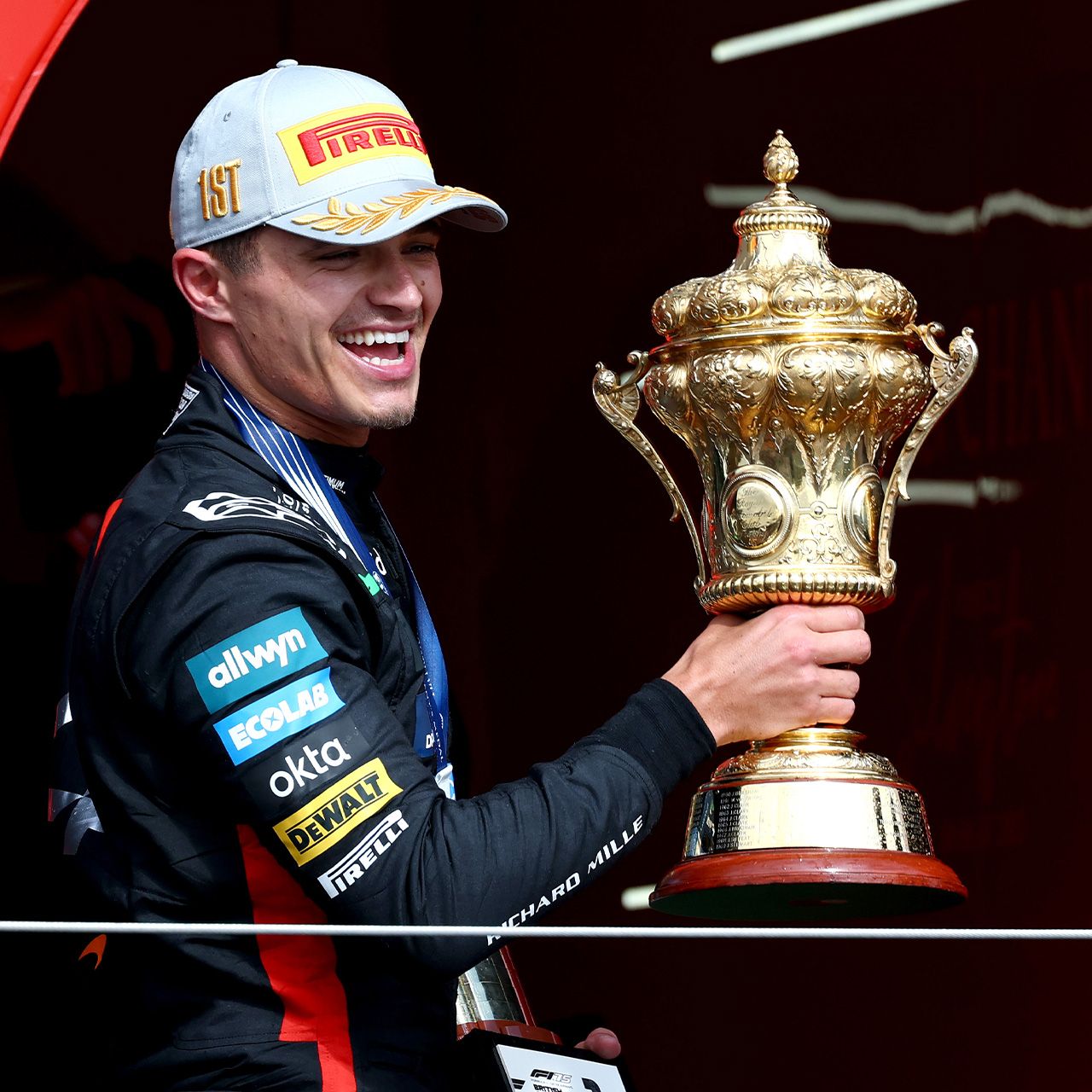
Great British drives: McLaren’s home heroes
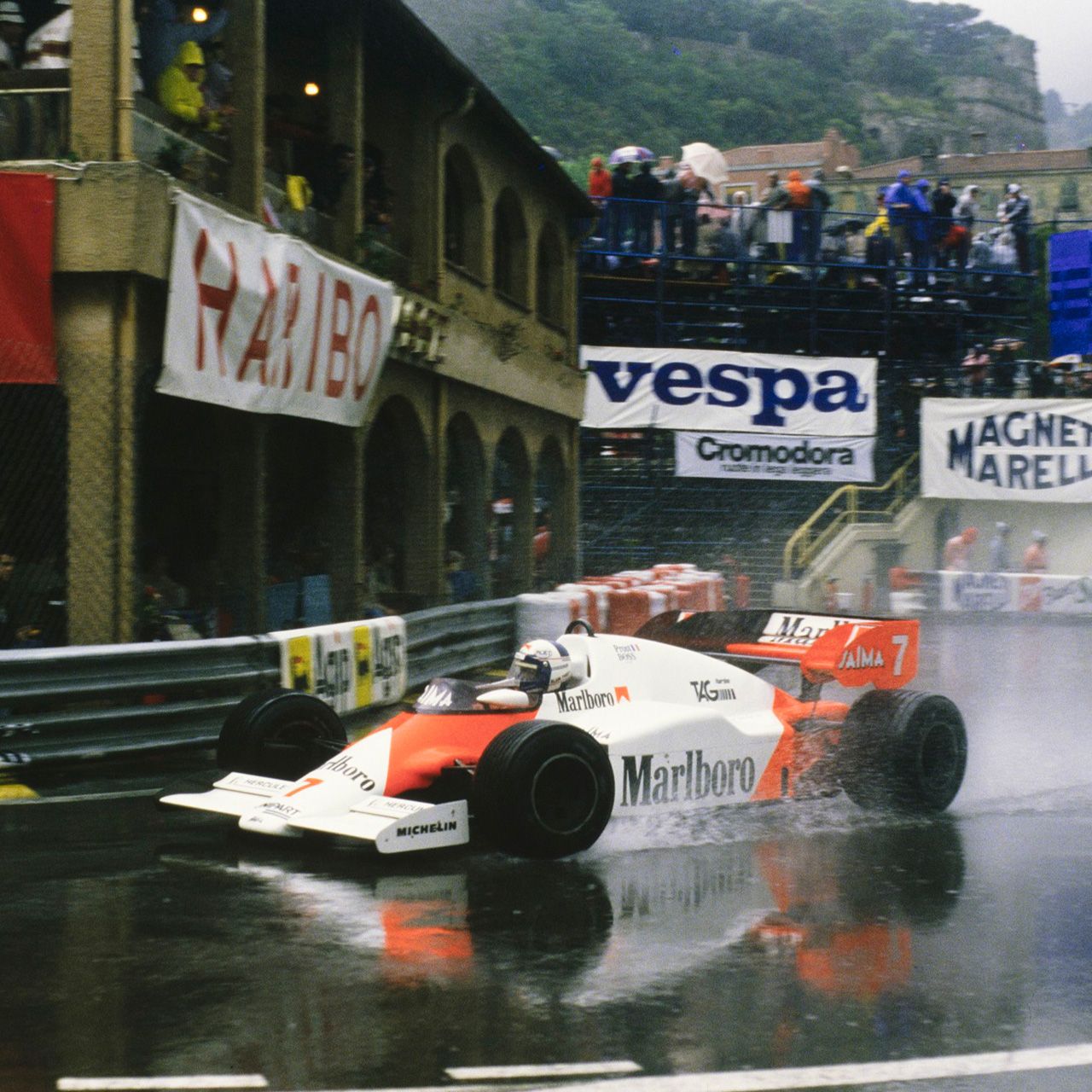
McLaren’s defining moments in Monaco

Here’s one we made earlier: Inside McLaren’s goldmine of heritage cars and collectables

F1's ultimate rivalry: McLaren and Ferrari

How Emerson Fittipaldi won McLaren’s first F1 title on three hours sleep

When Mika Häkkinen out-qualified Ayrton Senna on his McLaren debut


